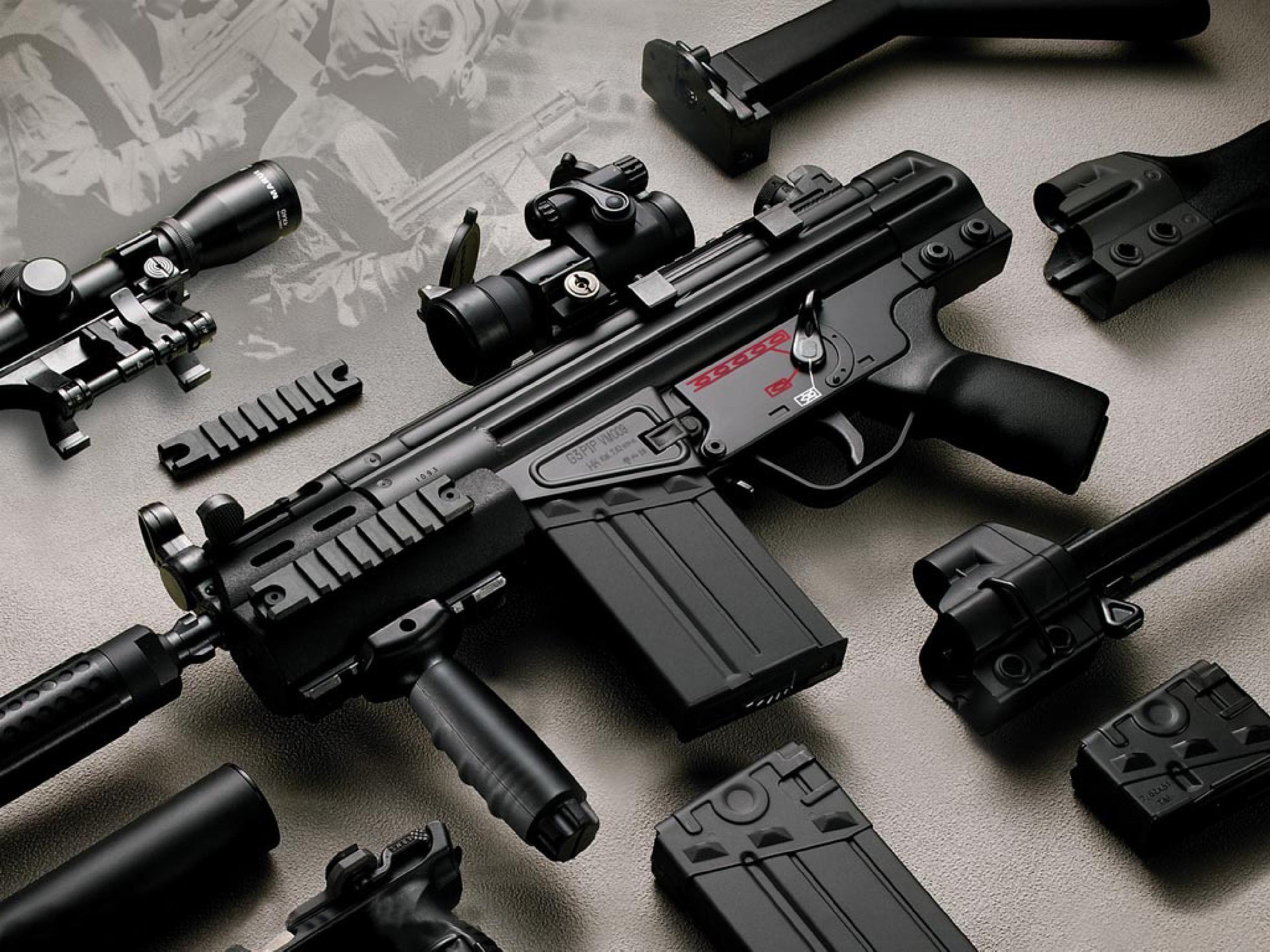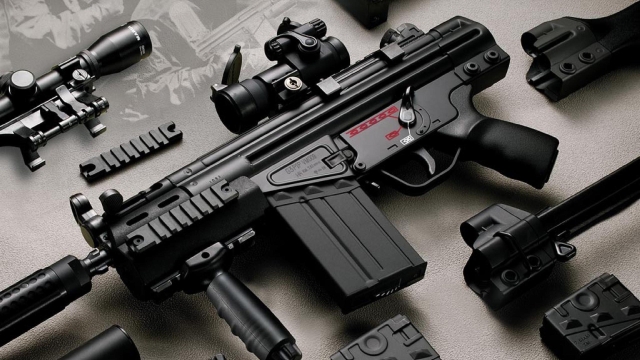Firearms have undeniably played a significant role in shaping the course of human history. Ever since the advent of firearms, the world has witnessed countless revolutions, conflicts, and innovations. From the ancient muzzle-loaded muskets to the sleek and advanced rifles of today, the evolution of firearms has been a remarkable journey. These powerful weapons, capable of launching projectiles at high velocities, have transformed warfare, hunting, and self-defense over the centuries. In this article, we delve into the intricate world of firearms, exploring their fascinating history, unique mechanisms, and the constant developments in ammunition technology that have characterized their evolution. Join us as we unveil the lasting impact and relentless innovation of firearms on our society.
Evolution of Ammunition
Ammunition, an essential component of firearms, has undergone a remarkable evolution over the years. From its humble beginnings to the advanced cartridges we use today, the development of ammunition has played a pivotal role in shaping the evolution of firearms.
In the early days, firearms relied on simple and rudimentary forms of ammunition. These often consisted of loose powder and a projectile, such as a bullet or a ball, which were loaded into the barrel manually. Ignition was achieved by using an external source such as a match or a flintlock mechanism. While effective, these early forms of ammunition were limited in terms of accuracy and firepower.
Join Now
As technology progressed, so did ammunition. The invention of the cartridge revolutionized firearms. A cartridge is a self-contained unit that combines the bullet, propellant, and primer into a single unit. This allowed for faster reloading and improved accuracy. Initially, cartridges were made of paper or metal, but they eventually evolved into the familiar brass or steel casings we see today.
The advent of smokeless powder further transformed ammunition. This new propellant, unlike the earlier black powder, burned more efficiently, generating higher velocities and providing greater consistency. Smokeless powder also led to the development of smaller, more compact cartridges, which played a significant role in the creation of lighter, more portable firearms.
The evolution of ammunition continues to this day. Modern advancements include specialized ammunition designed for various purposes such as armor-piercing rounds, tracer rounds, and hollow-point bullets. These innovations have further extended the capabilities of firearms, allowing for enhanced precision, stopping power, and versatility.
In conclusion, the evolution of ammunition has been inseparable from the progression of firearms. From the early days of loose powder to the sophisticated cartridges we have today, ammunition has continuously pushed the boundaries of what firearms can achieve. As technology evolves, we can expect further advancements in ammunition, further enhancing the performance and capabilities of firearms.
Revolutionary Firearms
The world of firearms has witnessed several revolutionary advancements throughout history. From the early days of flintlock muzzleloaders to the sophisticated weaponry of today, the evolution of firearms has been nothing short of remarkable.
One of the key areas where firearms have seen significant innovation is in ammunition. The development of more efficient and powerful ammunition has played a crucial role in shaping the effectiveness and range of firearms. From the transition to metallic cartridges in the 19th century to the introduction of specialized rounds for different purposes, ammunition has continuously pushed the boundaries of firearm performance.
In addition to advancements in ammunition, firearms themselves have undergone drastic changes. From the introduction of the first semi-automatic pistols to the development of cutting-edge assault rifles, the design and functionality of firearms have evolved immensely. The invention of gas-operated systems, which harness the energy produced by the propellant to operate the firearm’s moving parts, revolutionized firearm reliability and increased their rate of fire.
Furthermore, the incorporation of new materials and manufacturing techniques has led to lighter and more durable firearms. Polymer frames in handguns have made them more resistant to wear and tear, while carbon fiber and other advanced composites have contributed to the production of lightweight yet robust rifles.
The evolution of firearms has not only impacted military and law enforcement sectors but has also influenced various aspects of civilian life. Whether it be for hunting, sport shooting, or personal protection, the advancements in firearms have offered individuals enhanced accuracy, increased safety features, and improved overall performance.
In conclusion, the history of firearms is a testament to human ingenuity and innovation. Through advancements in ammunition, design, and materials, firearms have evolved from rudimentary weapons to highly sophisticated tools. The continuous evolution of firearms ensures that this field will always be at the forefront of technological progress, shaping the landscape of warfare, self-defense, and recreational shooting for years to come.
Impact on Warfare
The evolution of firearms has had a significant impact on warfare throughout history. With the introduction of firearms, battles have transformed dramatically, revolutionizing military strategies and tactics.
Firstly, the advancement in firearms technology has greatly influenced the range and accuracy of attacks. The ability to fire projectiles with immense force over long distances has redefined the dynamics of warfare. It has allowed armies to engage enemies from safer distances, reducing the risk for their own soldiers while effectively engaging targets. This has forced commanders to reconsider their defensive strategies, as traditional fortifications could be easily breached by the long-range capabilities of firearms.
Additionally, the introduction of firearms has also led to the rise of new methods in warfare. The use of firearms brought about new battlefield tactics and formations that were optimized for the effectiveness of these weapons. Army units started using specialized units armed with firearms to deliver devastating volleys of fire. This led to the development of intricate strategies, such as flanking maneuvers and strategic positioning, which aimed to maximize the firepower of these weapons and gain a decisive advantage on the battlefield.
Furthermore, the mass production of firearms revolutionized the scale of warfare. In the past, battles were often fought with limited numbers of soldiers, relying on hand-to-hand combat or close-quarter weapons. However, with the widespread availability of firearms, armies could now field larger numbers of troops armed with these weapons. This not only increased the overall firepower of the military forces but also necessitated new logistical systems for ammunition supply, maintenance, and training.
In conclusion, the evolution of firearms has fundamentally transformed the way warfare is conducted. The range, accuracy, and firepower offered by firearms have reshaped military strategies and tactics. From changing defensive measures to creating new battlefield formations, firearms have played a crucial role in shaping the course of warfare throughout history.



